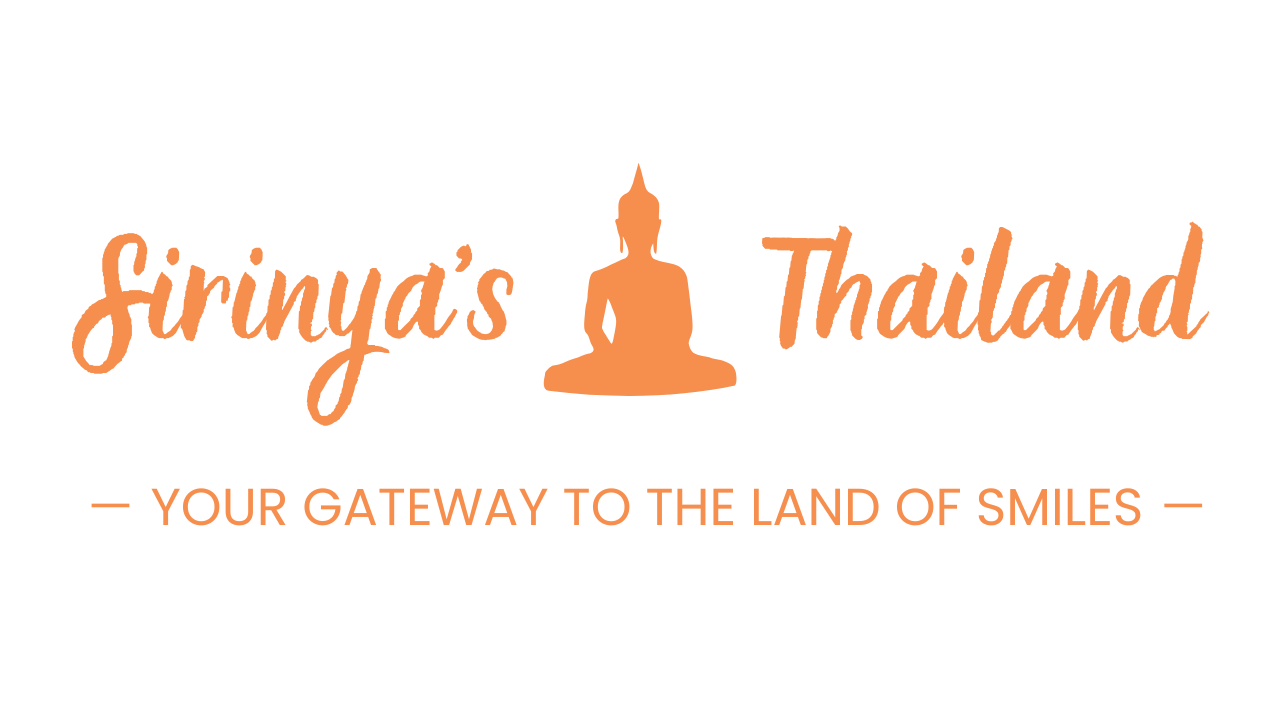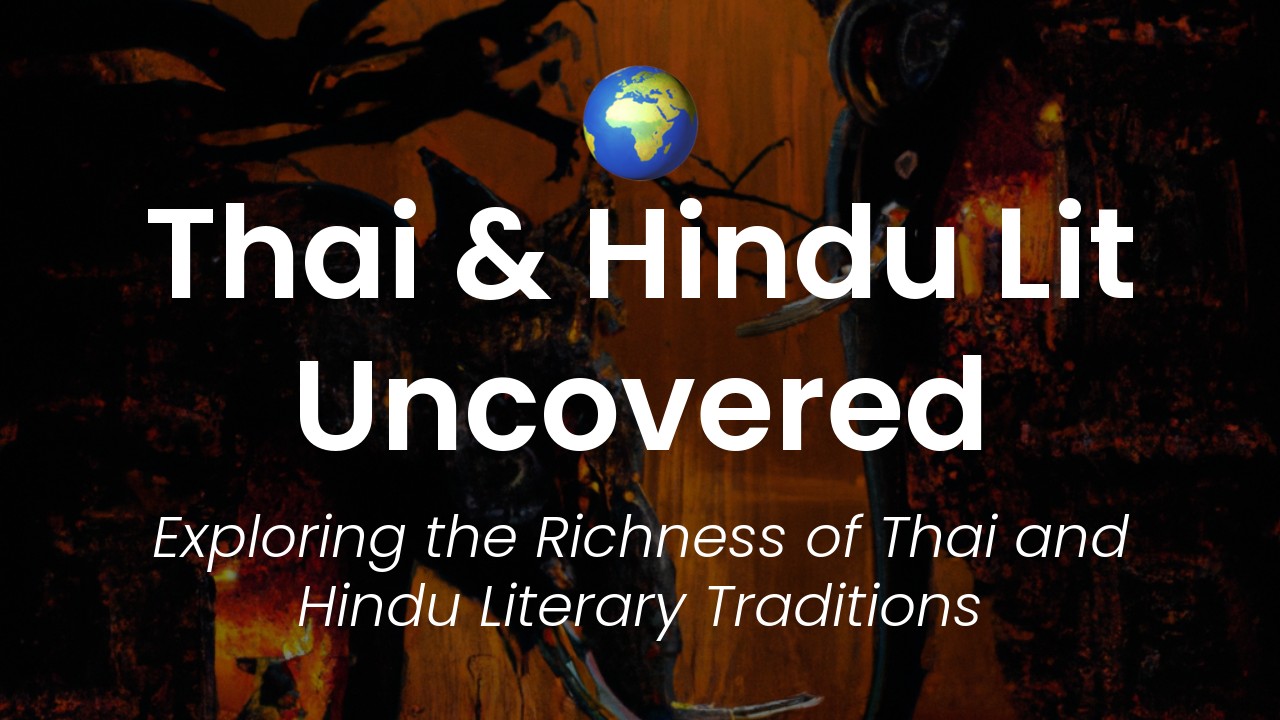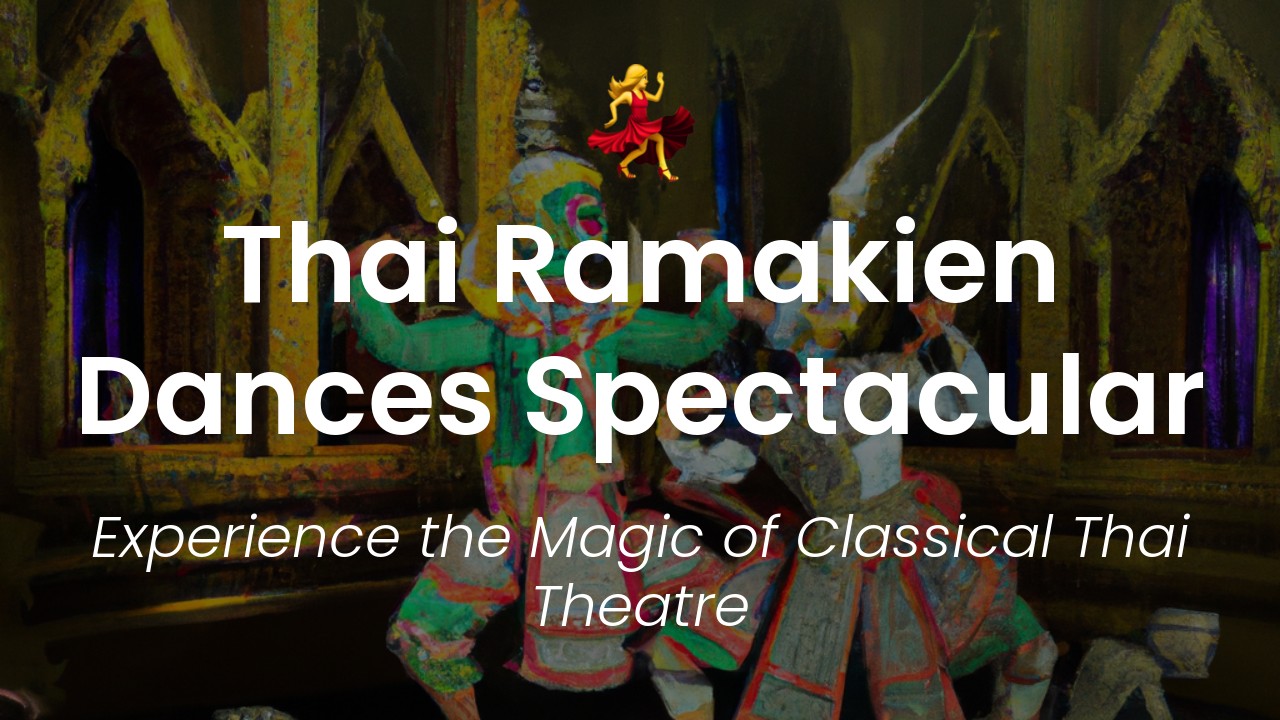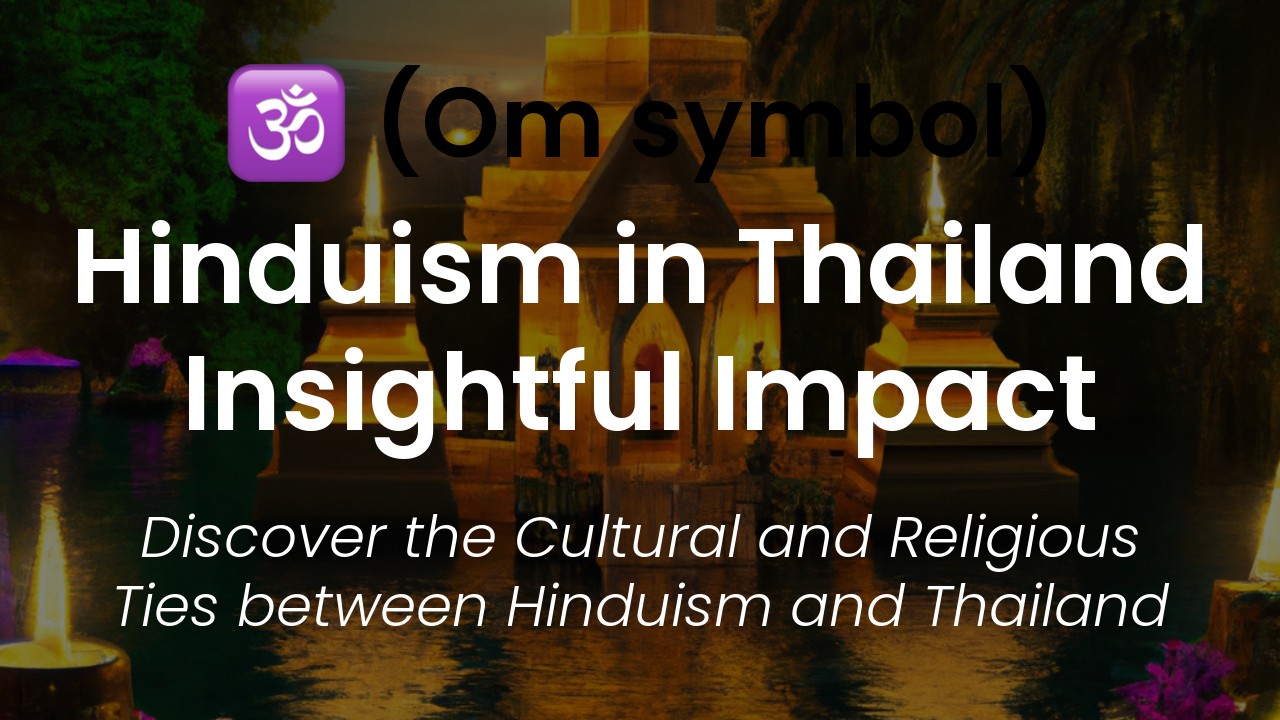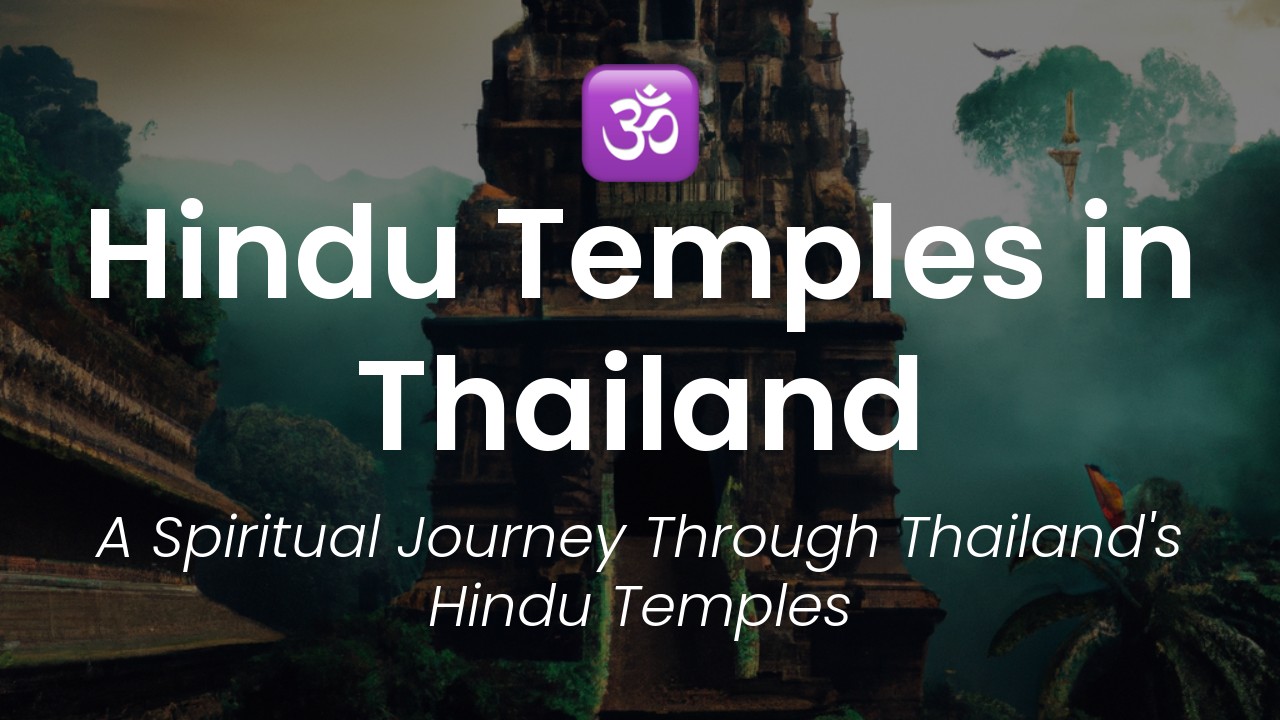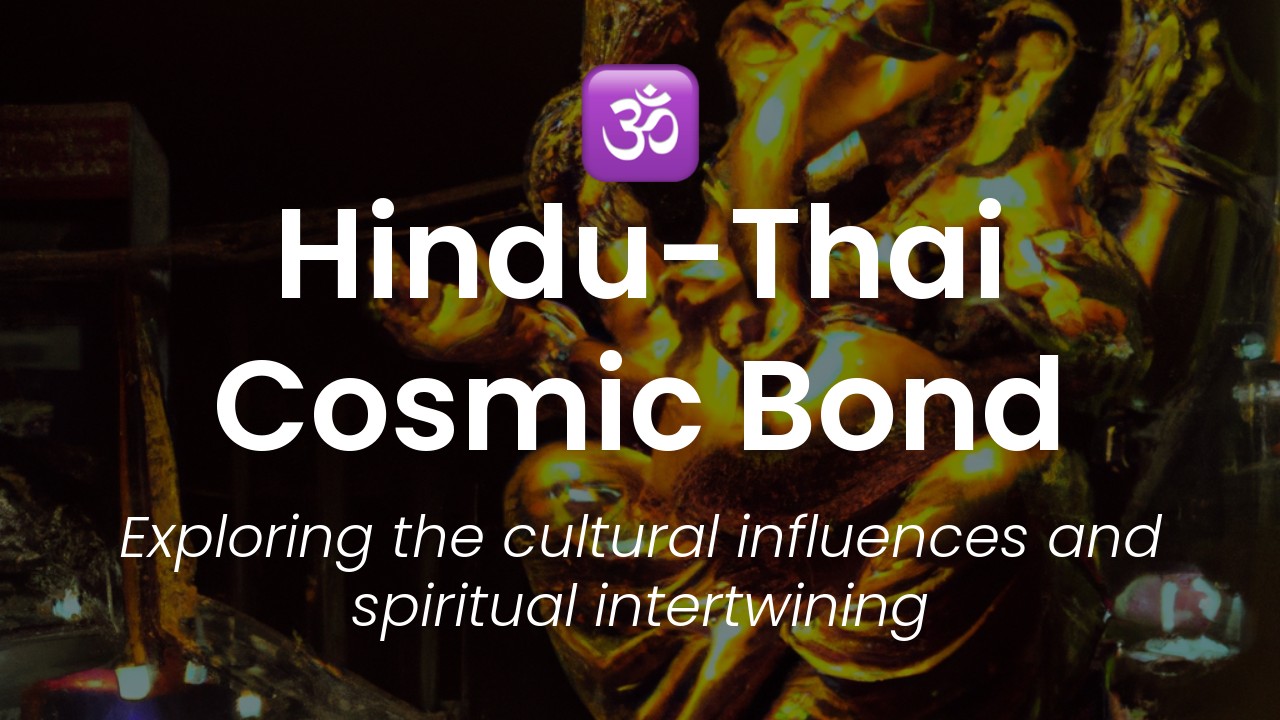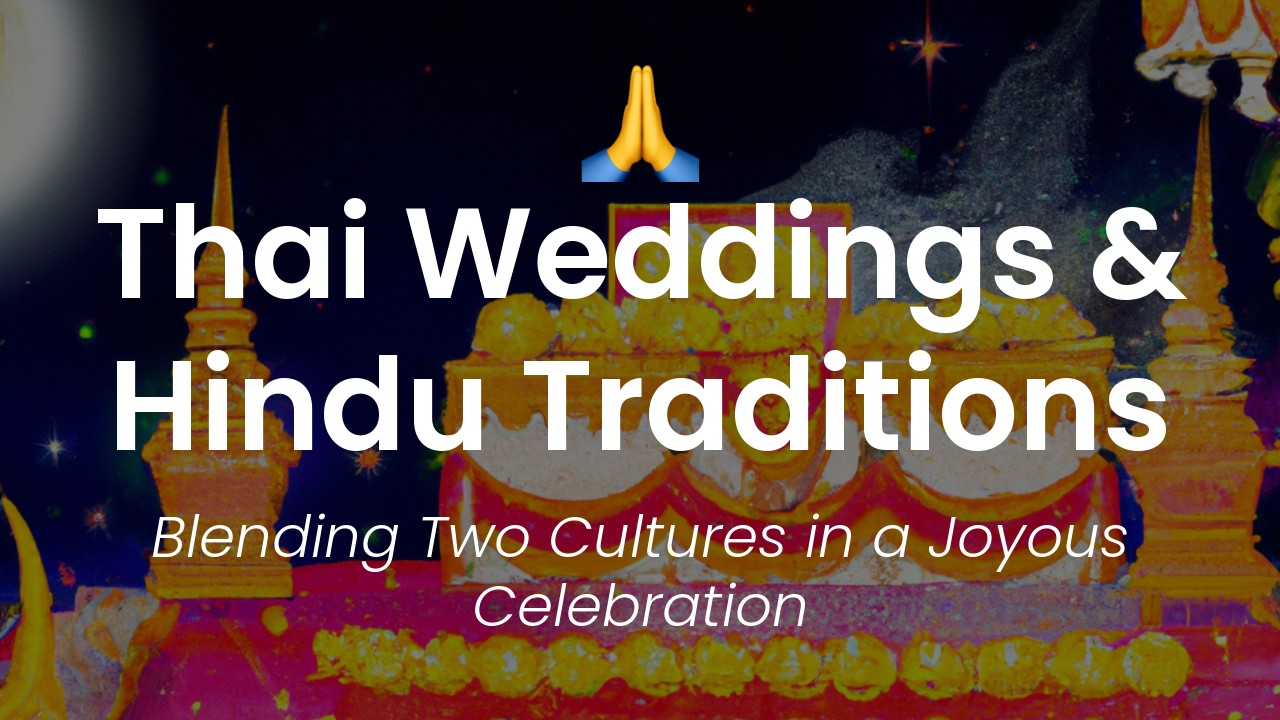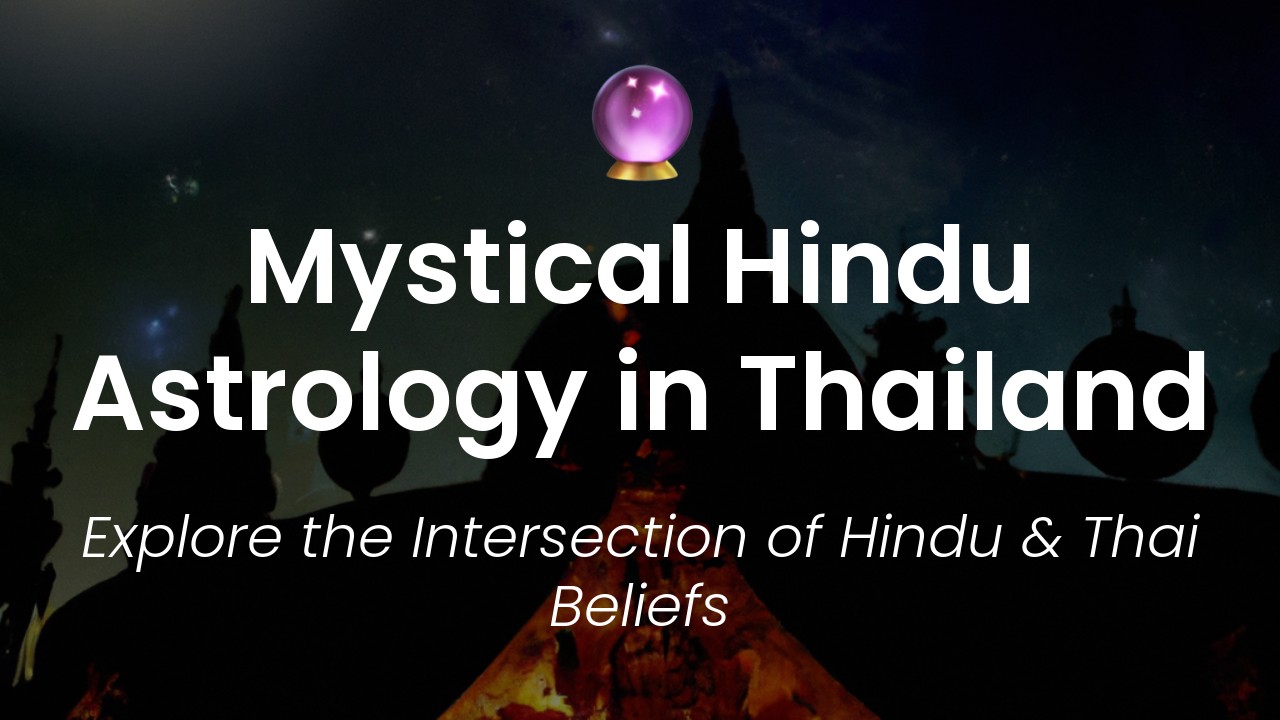Sawadee ka, dear readers! Today, I want to take you on a journey to the world of literature. When we think about Thai culture, we often visualize the beautiful temples, the delicious food, and the vibrant nightlife. However, Thai literature is a hidden gem that not many people know about. It has the power to transport you to a different time and space, and give you a glimpse into the rich history and traditions of Thailand.
Thai literature has its roots in the ancient Buddhist scriptures, which were written in the Pali language. Over time, Thai authors added their own unique style and flavor to the stories, creating a rich and diverse literary tradition that includes folk tales, poetry, short stories, and novels. One of the most famous Thai literary works is "Phra Aphai Mani," an epic poem that tells the story of a prince who sets out on a quest to find a magical gemstone.
Another fascinating aspect of Thai literature is its strong influence from Hindu epics such as the "Ramayana" and "Mahabharata." These ancient tales have been adapted and reinterpreted by Thai authors over the centuries, resulting in a unique blend of Hindu mythology and Thai culture. As a lover of both Thai literature and Hindu epics, I am excited to share with you some of my favorite works that showcase this fascinating intersection between two cultures. So, grab a cup of tea, sit back, and let's embark on this journey together!
Importance of Hindu Epics
Literature has always been an essential part of the Thai culture, and it has been heavily influenced by Hindu Mythology. Even though most people may not know it, Hindu Mythology has played a significant role in shaping Thai literature. It has lent its tales, characters, and themes to various Thai literary works. The literary heritage of Thailand has been enriched by the several Indian epics such as Ramayana, Mahabharata, and Manimekhala.
The Thai version of Ramayana is known as Ramakien, and it is one of the most famous and widely known epics in Thailand. It is an essential part of the Thai culture as it serves as an inspiration for various dances, art, literature, and events. The Ramayana epic holds great significance in Thai literature as the central themes, and the character holds values that are deeply embedded in Thai culture, such as the importance of family values, honor, loyalty, and sacrifice.
Similarly, the Mahabharata is a popular Indian epic that has also influenced Thai literature. The Thai version is known as the Jatakas and is believed to be one of the earliest forms of literature in the Thai language. The Jatakas, or the Mahabharata in Thai literature, comprises ten stories that depict moral dilemmas and ethical conflicts. The themes of this epic have profoundly influenced Thai art, music, and literature.
Thai Literature influenced by Hindu Mythology
Thai literature is closely associated with Hindu mythology, and it has borrowed heavily from Hindu epics. Thai literature has been greatly enriched by stories of gods, legendry heroes, and mythical creatures. Thai culture has embraced and adapted various Hindu mythical characters such as Rama, Shiva, Vishnu, and Brahm. The religion of Buddhism has also played a crucial role in shaping Thai literature, but it is heavily influenced by Hindu mythology.
One of the most famous Thai literary works, Khun Chang Khun Phaen, is an example of how literature has been influenced by Hindu mythology. The story is about a soldier named Khun Phaen, who is in love with a courtesan named Wan Fah Diawn. The story is an adaptation of a Hindu legend named Sudhana and Manohara, which depicts how love brings two different worlds together.
Different styles and genres of Thai Literature
Thai literature is rich and diverse, and it comprises of different styles and genres. The different styles of Thai literature include poetry, drama, and prose. The Thai language has a unique script that has its own rhythm and meter, which is used in poetry. The Thai drama also has its own distinct style, with elaborate stage design, music, and dialogue.
Prose is also an essential part of Thai literature, and there are several genres in prose. The popular prose genres include historical chronicles, travelogues, fiction, and biography. Historical chronicles are prevalent in Thai literature as they depict the history and culture of Thailand. Travelogues, on the other hand, are an account of the author's personal experiences while traveling in Thailand or other foreign lands.
Fiction is another popular genre in Thai literature, and it comprises stories of adventure, romance, and tragedy. Thai literature has produced several fiction works that have gained popularity both locally and internationally. Biography is another popular genre in Thai literature, and it depicts the lives of important people, such as kings, leaders, and other prominent personalities.
Popular Thai Literature works
Thai literature has produced several prominent works that have gained popularity both locally and internationally. Khun Chang Khun Phaen, as mentioned earlier, is a popular work that depicts the story of love and sacrifice. The work is considered to be one of the most significant literary works in Thailand.
Another popular work is The Judgement, which is a drama about the trials and tribulations of Prince Teepangkorn during the reign of King Rama V. The work showcases the social and political issues of the time and has gained international recognition.
The Tin Mine is another popular Thai literary work that tells the story of a young boy's struggles during the Tin Boom era in Thailand.
Famous Hindu Epics
Apart from the influence of Hindu epics on Thai literature, the Indian epics hold great importance in Hindu religion and mythology. Hindu mythology comprises two major epics – Ramayana and Mahabharata.
Ramayana is a tale of virtue, loyalty, and duty. It tells the story of Rama, who is considered to be an avatar of Lord Vishnu, and his journey to rescue his wife, Sita, from the demon king, Ravana.
Mahabharata is an epic that tells the story of the Pandavas and the Kauravas. The story revolves around the great war between the two families and depicts various moral dilemmas and ethical dilemmas.
Comparison between Thai Literature and Hindu Epics
Thai literature has borrowed heavily from Hindu mythology and epics, and it has adapted these tales to suit the Thai culture and society. The Thai adaptation of Hindu epics differs from the Indian originals in several ways. The Thai adaptations have adapted to the Thai language, culture, and society, and significant changes have been made to fit them to Thai customs.
In conclusion, Hindu mythology and epics have played a significant role in shaping Thai literature. The influence of Hindu mythology can be seen in various Thai literary works, and it enriches the Thai culture with its themes, stories, and characters. Thai literature is diverse and rich, and it comprises different styles and genres. The various works of Thai literature have gained popularity both locally and internationally. The literary heritage of Thailand reflects the vibrant and colorful culture that flourished over the years and continues to thrive today.
